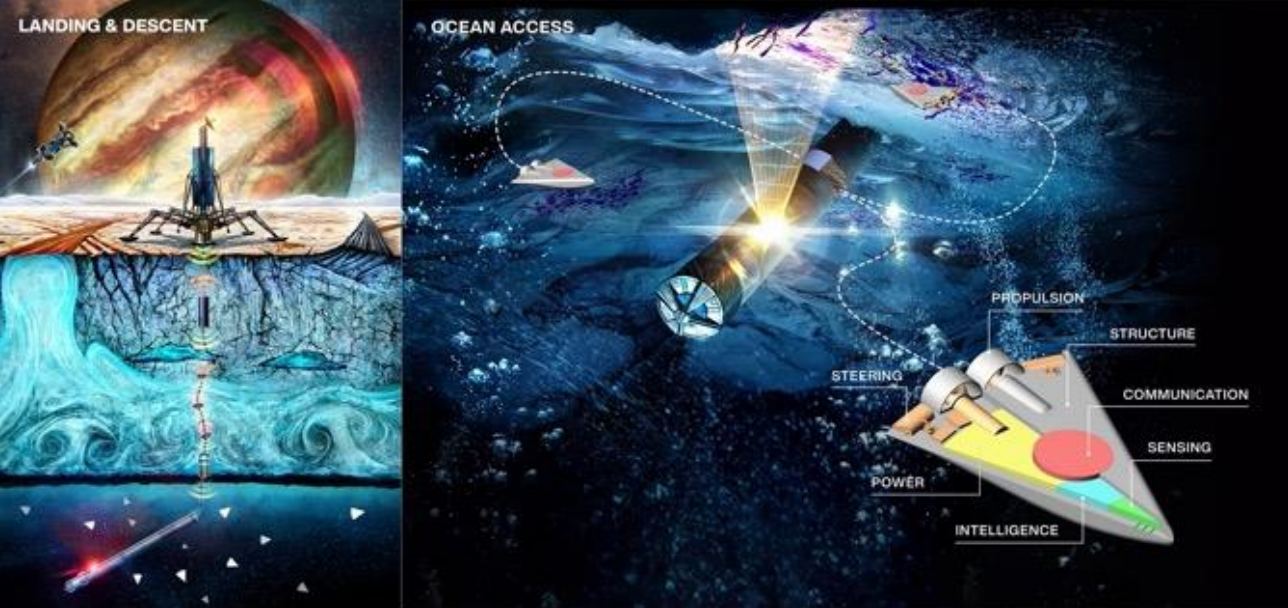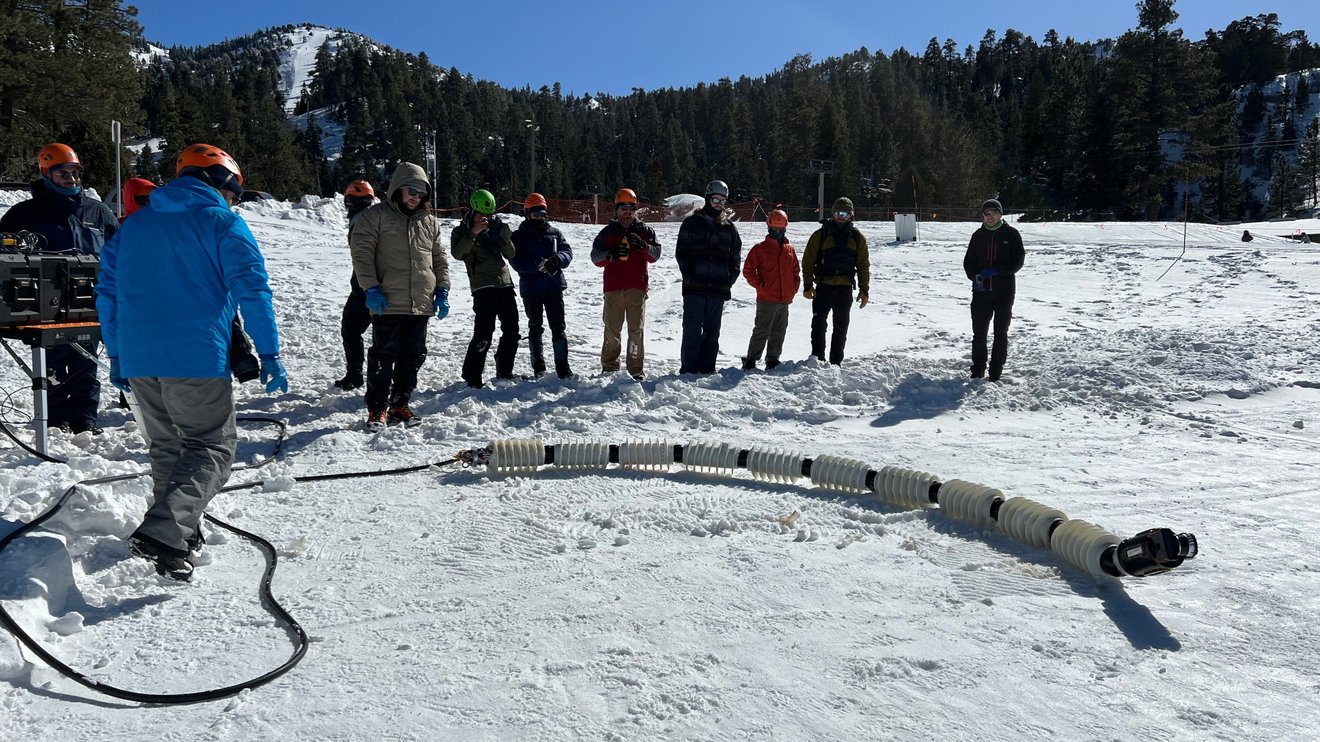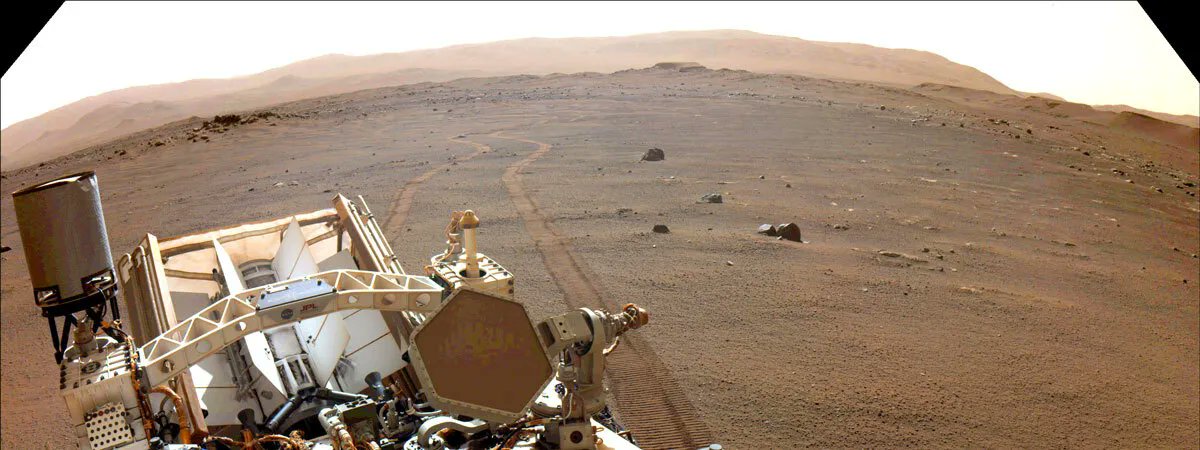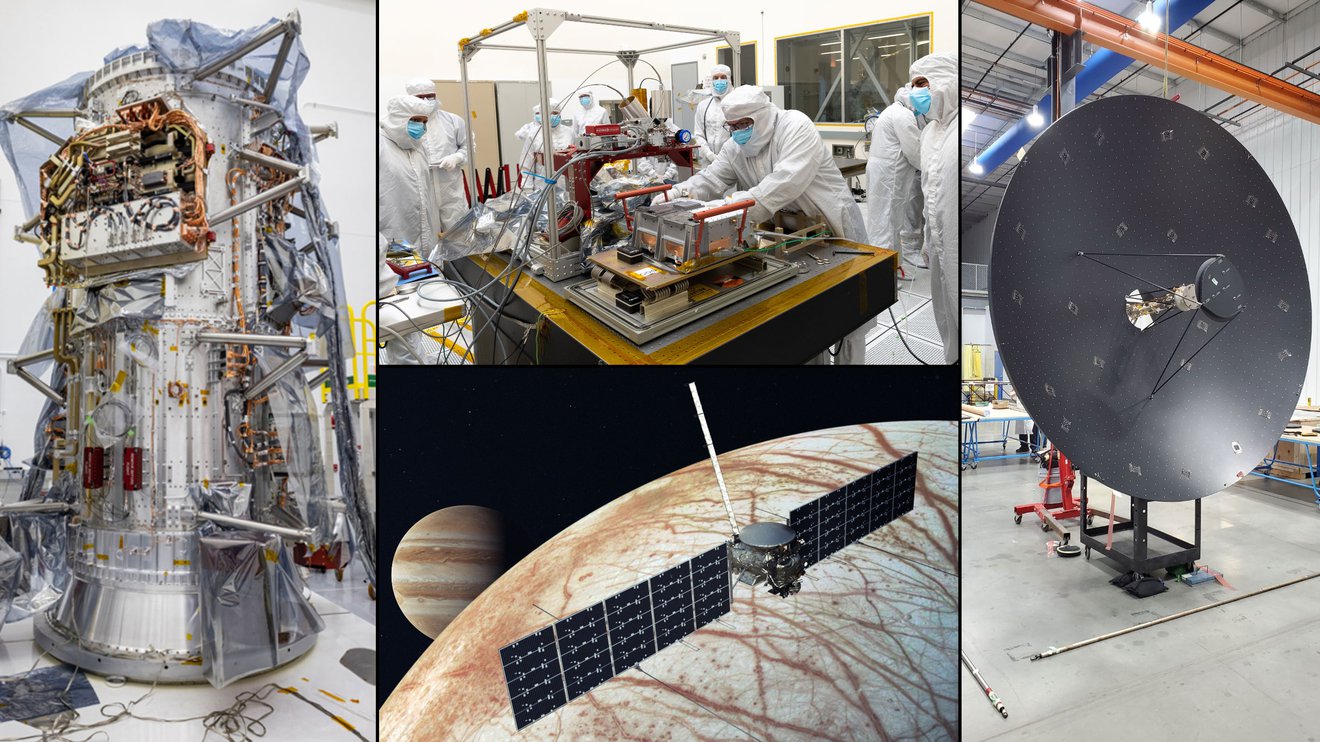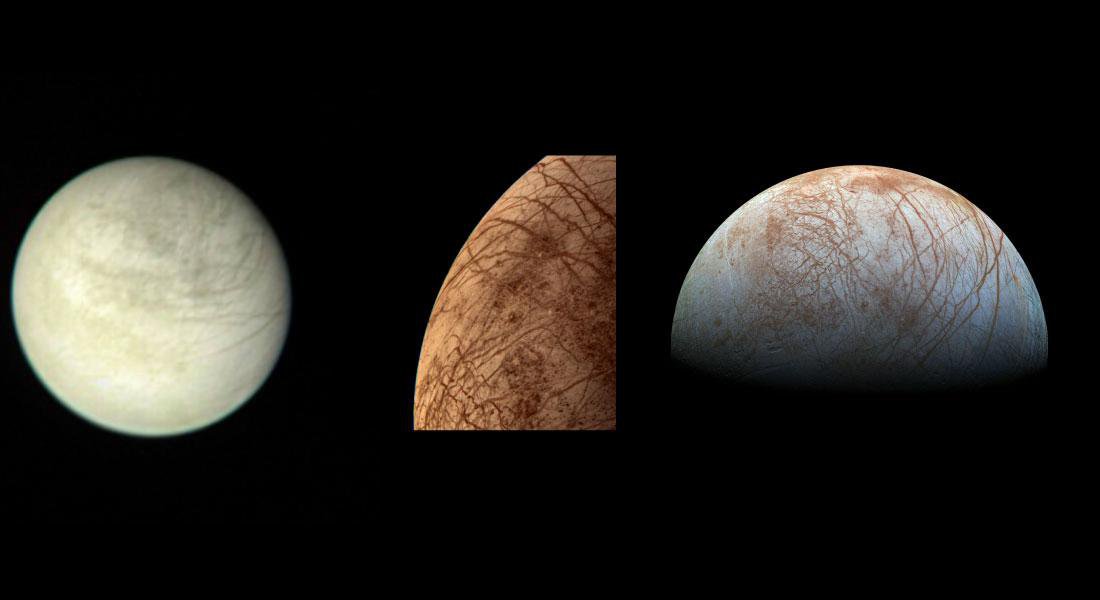Last month, astronomers reported that a discarded upper stage of a Falcon 9 rocket, launched 7 years ago, was on a collision course with the Moon. The rocket in question carried NASA’s Deep Space Climate Observatory (DSCOVR) to the Sun-Earth L1 Lagrange point, where the still-operating observatory provides advance warning on solar wind activities. The leftover rocket stage, meanwhile, became a floating piece of space junk orbiting the Sun. Its ultimate fate was unknown, until last month, when astronomer Bill Gray predicted that it was bound for an impact with the Moon sometime on March 4th, 2022.
This week, Gray, who has been tracking the object ever since, released an update on the situation. He confirmed that there is indeed a rocket stage on course to crash into the far side of the Moon, but it’s not a SpaceX rocket at all. Instead, it’s a Chinese booster: the upper stage of the rocket that carried China’s Chang’e 5-T1 mission to the Moon in 2014.
Continue reading “The Object About to Hit the Moon isn’t a SpaceX Booster After All”


